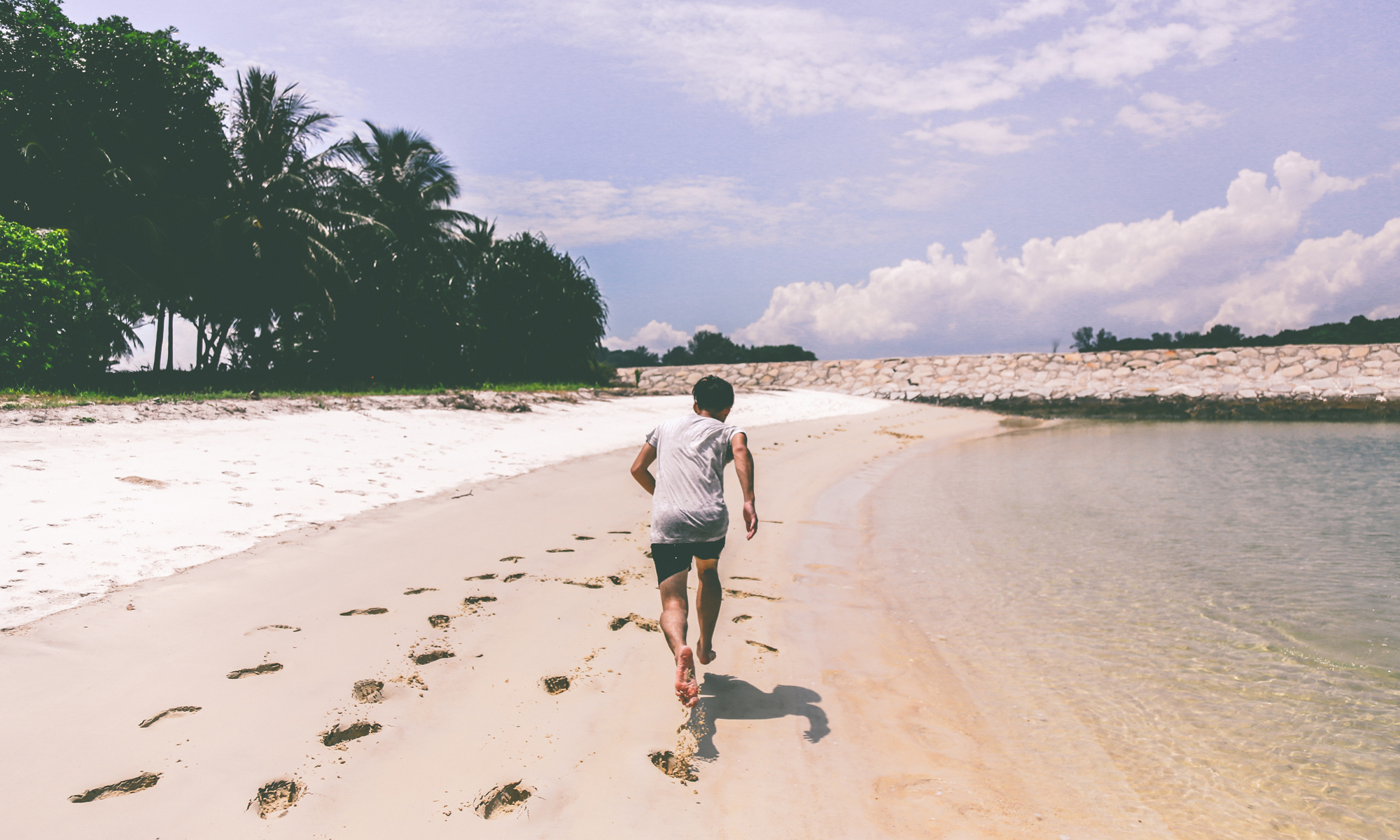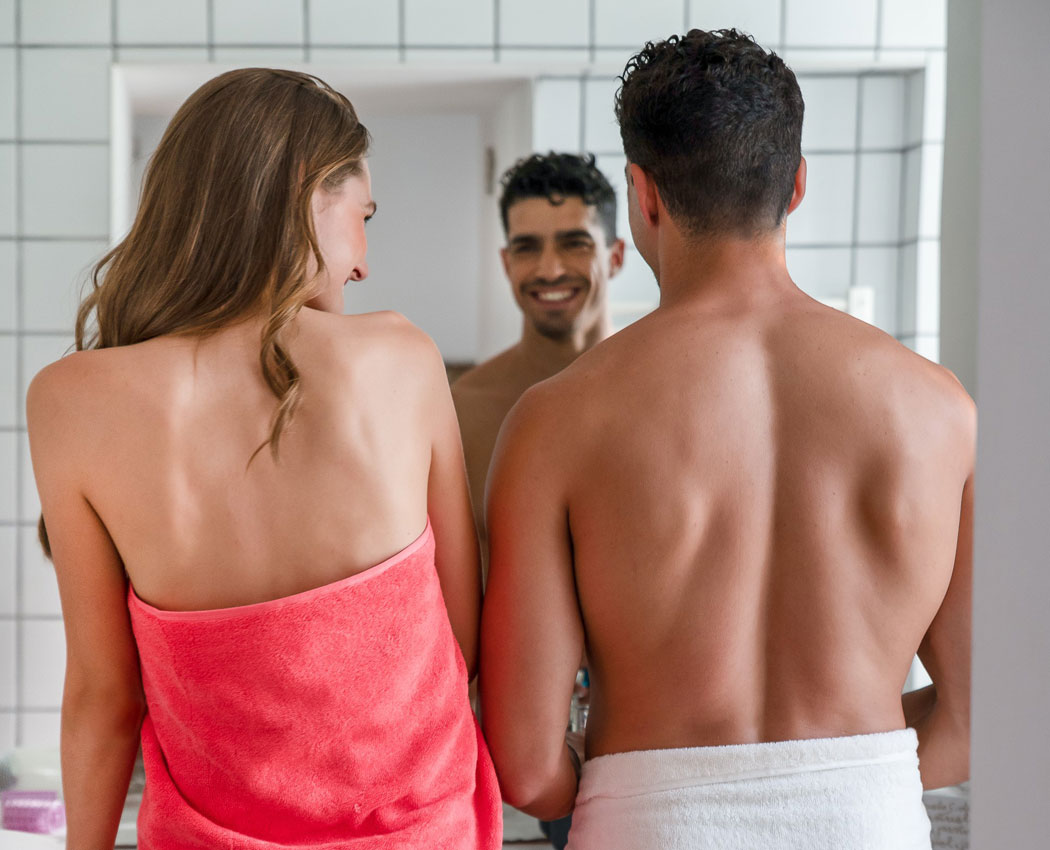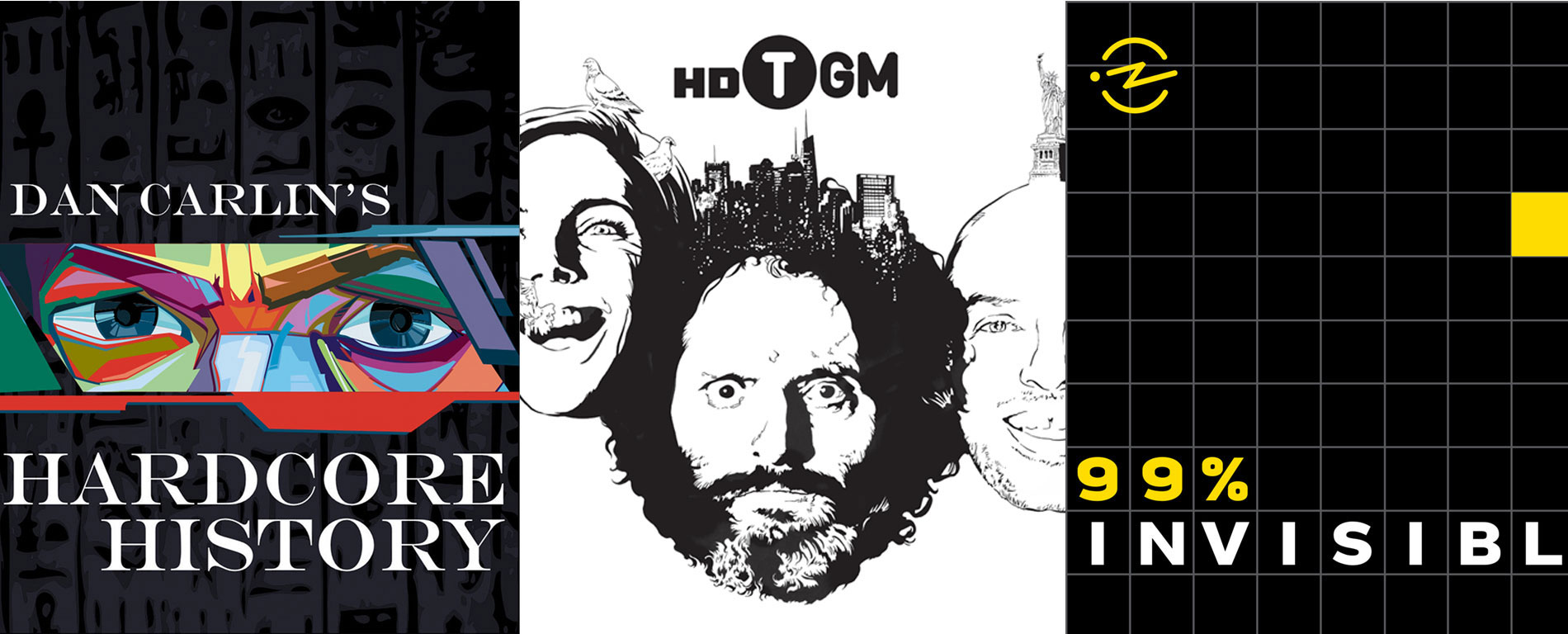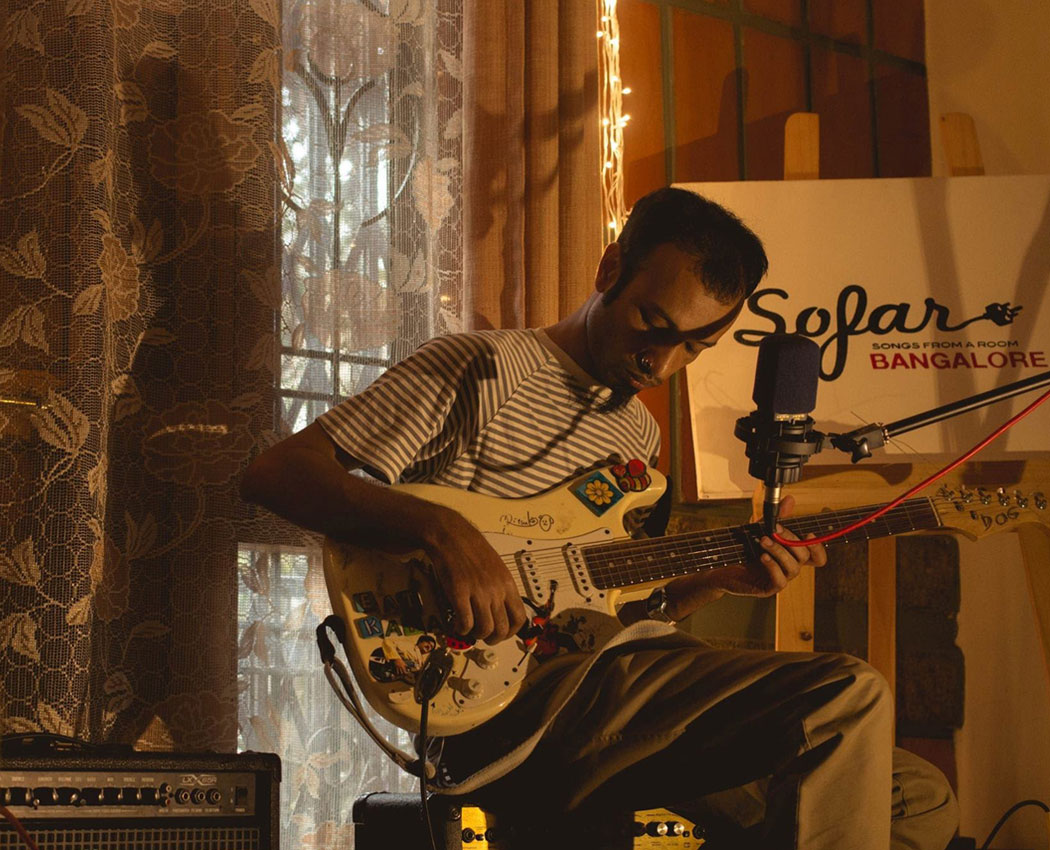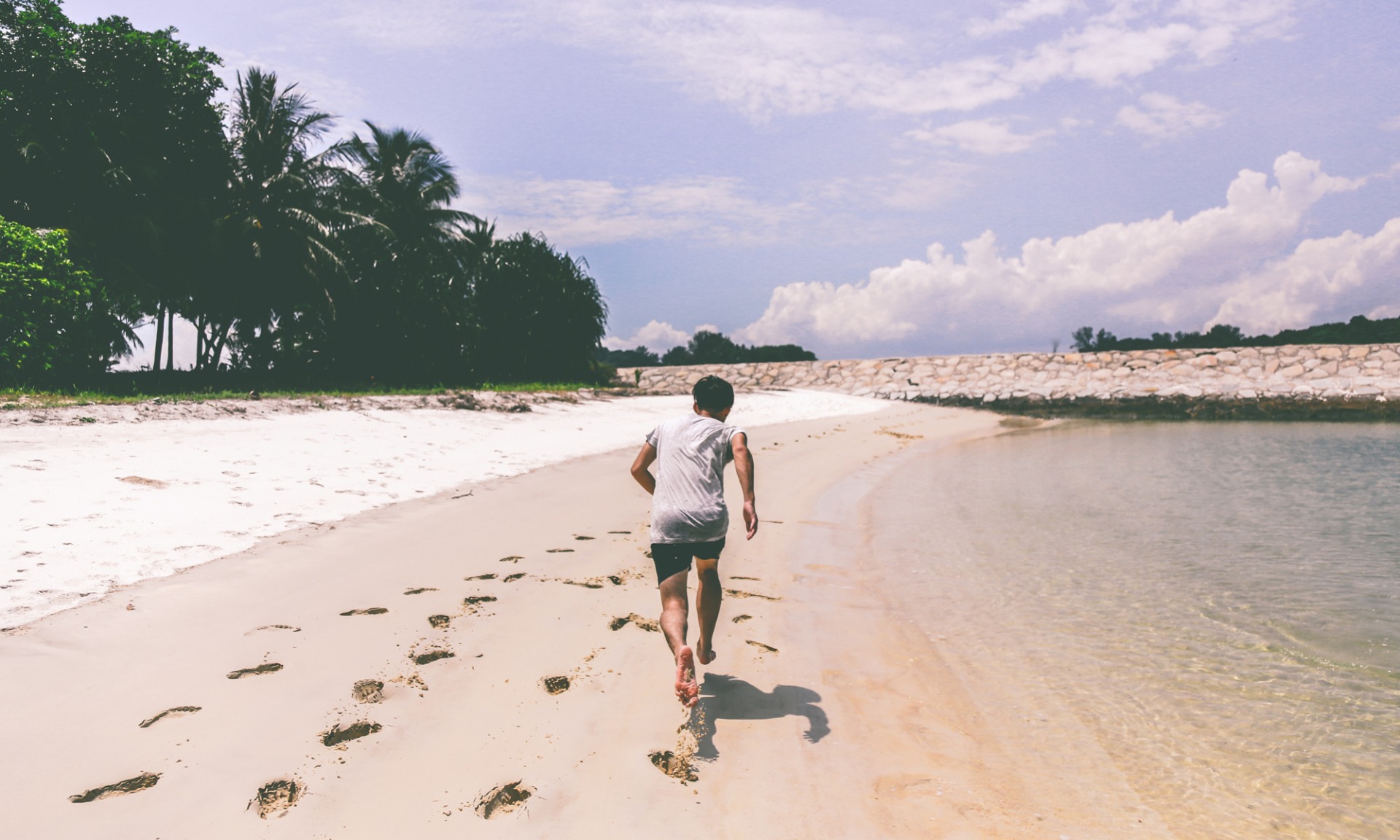
Human beings are wonderfully weird. We toil away for decades and centuries to bring scientific and technological advancement into our lives, only to go back to the good ol’ days. How else can we explain filters that make 16-megapixel photos look like they were taken a hundred years ago? Or why we’re giving up carefully engineered running shoes to go au naturel!
For several decades now, running shoes have been sold as a fitness necessity. If you wanted to be cool, fit, and happening, you had to own the latest pair. That’s not all, good running shoes have also been tied to fewer injuries, owing to proper cushioning and other design features. And if you still got hurt during a run: “Maybe you just wore the wrong shoes.”
A recent trend, however, has people hanging up their shoes and taking up running barefoot.
The art of running barefoot
This train of thought has become popular with a single bottom line – that wearing running shoes regularly weakens your feet. In fact, it’s often compared to wearing a cast around your neck for months! When it comes off, your muscles may feel weaker.
In addition, most runners tend to stomp their feet much harder when wearing padded shoes. This has a negative impact on your feet, knees, as well as several other joints. Is it any wonder then, that we experience injuries this frequently? Naturally, running barefoot seems to be the right choice. And here’s exactly why it works:
- It’s more natural
We don’t need scientific studies to prove that running barefoot feels more natural. The human body is perfectly designed to run without padding or equipment. After all, your bad-ass ancestors still managed to hunt, run, and otherwise ‘banter’ with wild beasts – all without padded shoes. Thank you, evolution!
- It improves balance
Running barefoot gives you balance and stability, and promises a hell of a workout for your feet. In fact, the act of exercising or running barefoot stimulates the smallest of muscles in your ankles and feet to improve your posture.
- It reduces luggage
While this one won’t have a direct impact on your health, it will certainly help you travel light. You don’t have to worry about lugging around heavy shoes if you opt for lightweight barefoot ones, or no shoes at all!

So does this mean Big Shoe has been lying to us? Should we forgo shoes altogether? Not quite. While barefoot running has obvious benefits, it’s not completely foolproof. Here’s where it falls short.
- You can’t run everywhere
The benefits of running barefoot are applicable only in suitable conditions. You can’t obviously run on surfaces that are too soft, too hard, or too rugged. Overtraining on hard surfaces or running on uneven ground can lead to knee pain, stress fractures, and even shin injuries. And while your ancestors did manage to run in these terrains without shoes, we don’t imagine it to be comfortable.
- You have to start small
Going from comfortable padded shoes to barefoot is a drastic change for your body. Regardless of how fit you are, you must start with running short distances and gradually increase speed. So if you’re planning on changing your fitness routine, start small and safe.
- You have to brace for impact
A lack of cushioning when running barefoot can mean less protection over bumpy surfaces. More often than not, it can leave your feet feeling tender and sore, and put you at risk of easily preventable injuries.

The real bottom line
Fitness trends may come and go, but the only effective method to stay fit is to find what suits you best. So whether you prefer the padding of a well-engineered shoe or enjoy the natural feel of the ground, it’s a choice no fad can dictate. Just pick one and hit the ground running!
Human beings are wonderfully weird. We toil away for decades and centuries to bring scientific and technological advancement into our lives, only to go back to the good ol’ days. How else can we explain filters that
